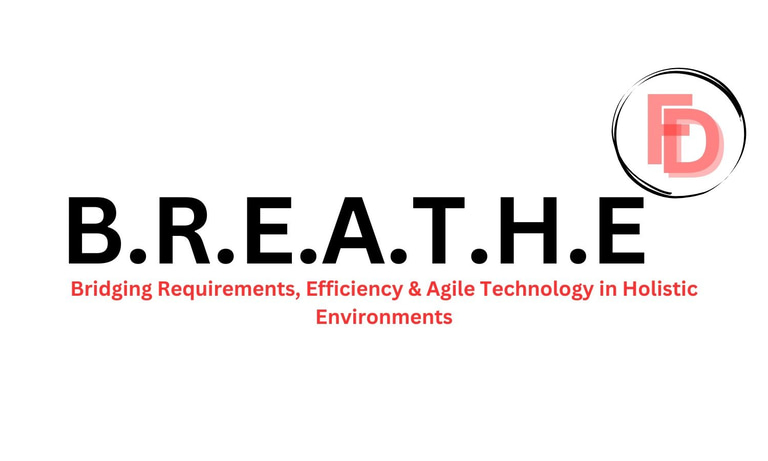Physical Control and Security of Warehouse Inventory
Physical Inventory and Warehouse Management. Physical Control and protection of Warehouse Assets.
Fafure David
5/8/20242 min read


The objective of owning a warehouse facility is to minimize cost and maximize customer service.
The costs of operating a warehouse can be broken down into Capital and Operating costs.
Capital costs are those of space and materials handling equipment. The space needed depends on the peak quantities that must be stored, the methods of storage, and the need for ancillary space for aisles, docks, offices, and so on.
The major operating cost is labor, and the measure of labor productivity is the number of units (for example, pallets) that an operator can move in a day. This depends on the type of material handling equipment used, the location and accessibility of stock, warehouse layout, stock location system, and the order-picking system used.
Because inventory is tangible, items have a nasty habit of becoming lost, stray, or stolen, or of disappearing in the night. It is not that people are dishonest, rather that they are forgetful. What is needed is a system that makes it difficult for people to make mistakes or be dishonest.
The following items can be useful to safeguard these:
1. A good-part numbering system. Useful for efficient Material Management in streamlining of operations and accurate reporting, to uniquely identify and categorize materials.
2. A simple, well-documented transaction system. When goods are received, issued, or moved in any way, a transaction occurs. These transactions can be: identify the item, verify the quantity, record the transaction, and physically execute the transaction.
I. Identify the item. Many errors occur because of incorrect identification.
When receiving an item, the purchase order, part number, and quantity must be properly identified. When goods are stored, the location must be accurately specified. When issued, the quantity, location, and part number must be recorded.
II. Verify quantity. Quantity is verified by a physical count of the item by weighing or by measuring. Sometimes standard-sized containers are useful in counting.
III. Record the transaction. Before any transaction is physically carried out, all information about the transaction must be recorded.
IV. Physically execute the transaction. Move the goods in, about, or out of the storage area.
Inventory must be kept in a safe, secure place with limited general access. It should be locked except during normal working hours. This is less to prevent theft than to ensure people do not take things without completing the transaction steps. If people can wander into the stores area at any time and take
something, the transaction system fails.
A well-trained workforce. Not only should the stores staff be well trained in handling and storing material and in recording transactions, but other personnel who interact with stores must be trained to ensure transactions are recorded properly.
